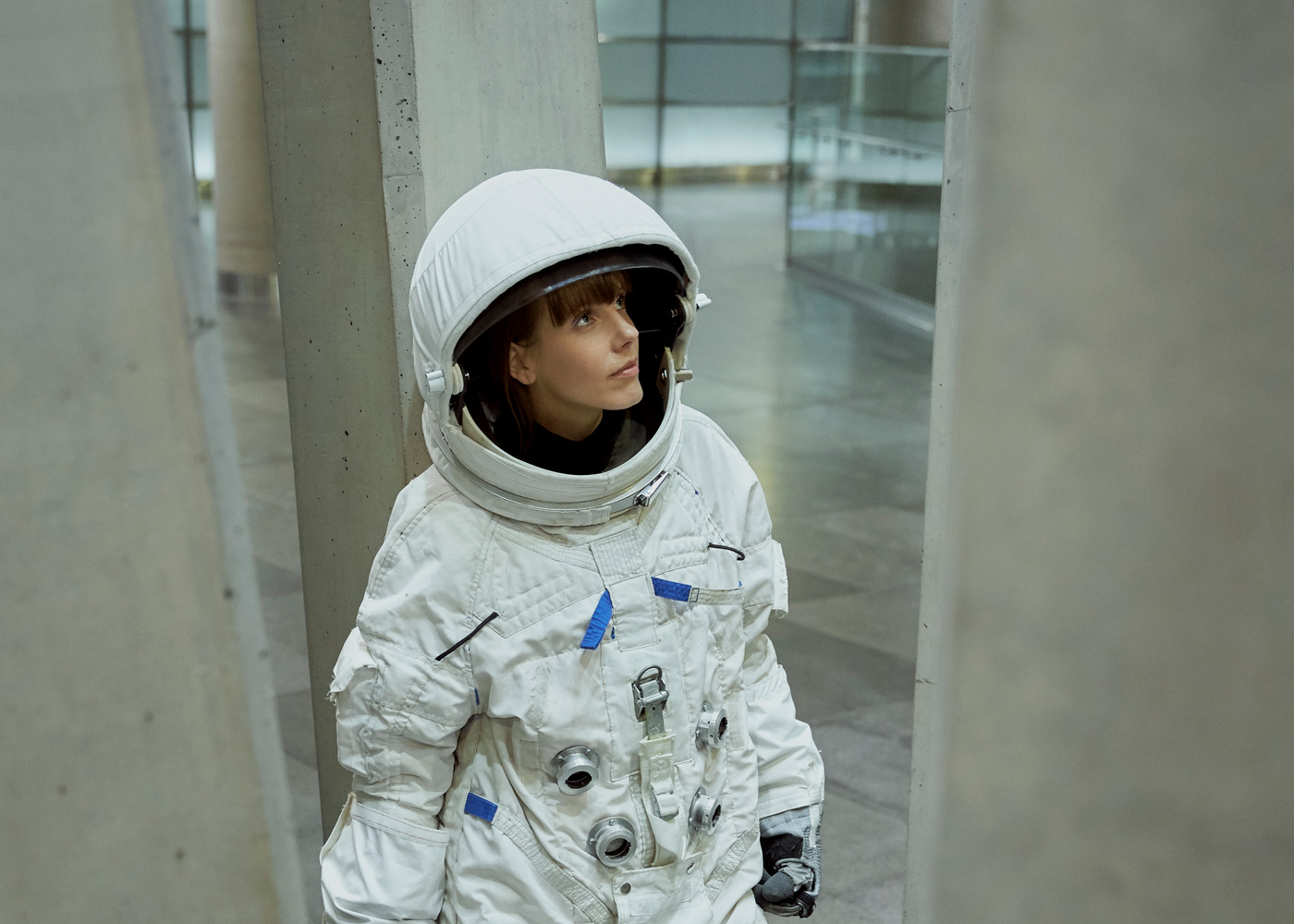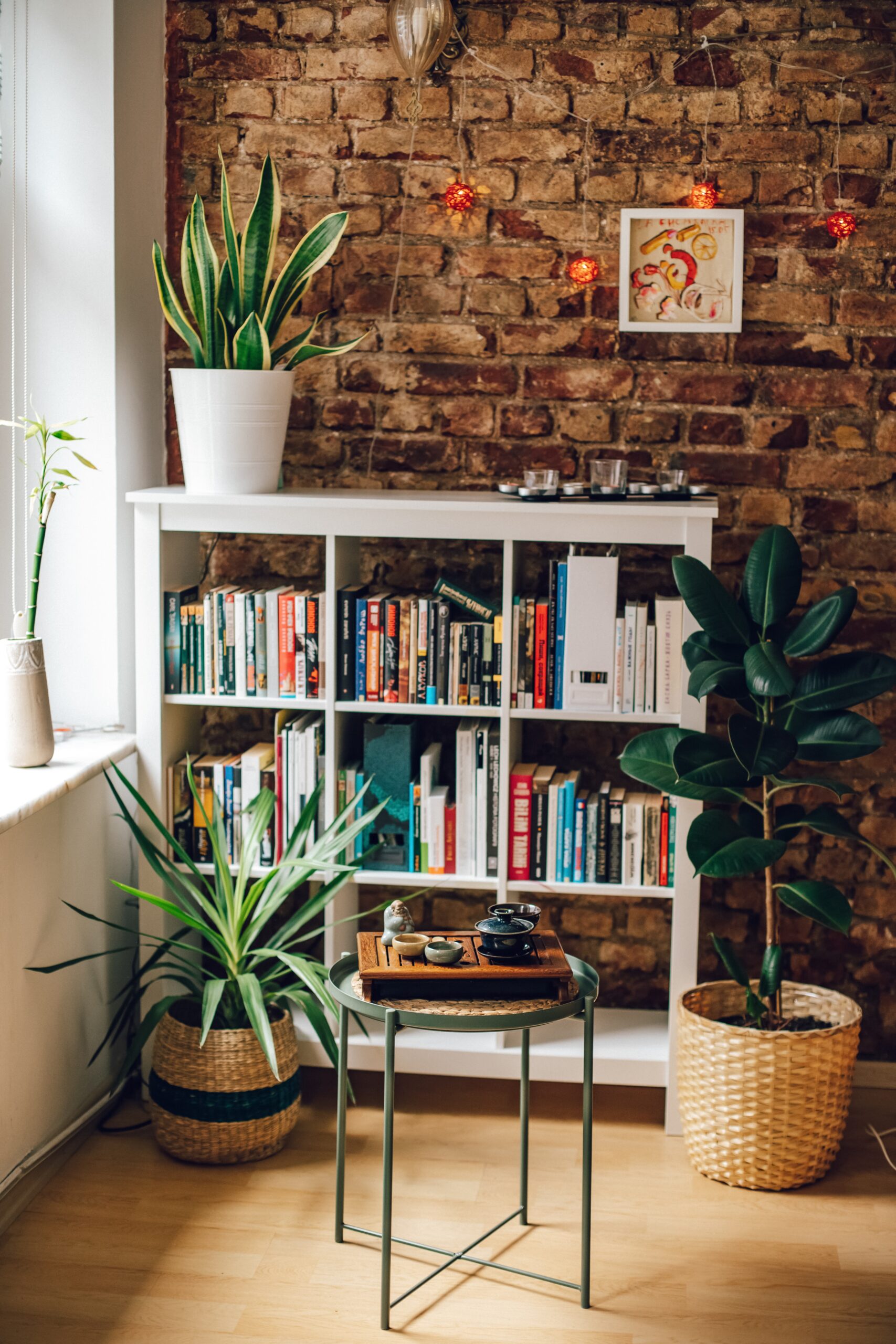An analysis of approaches to designing spaces for working, studying, supporting concentration and well-being based on the research of Dr. Joanna Jurga
As multidimensional and multisensory beings, our natural environment is the space we are in, which, due to its shape, can negatively or positively affect our well-being. In this article, we will take a closer look at the topic of responsible design, based on the research of Dr. Joanna Jurga, a specialist in designing interiors that give a sense of security and are friendly to the senses.
In the workplace
To start, let’s take a look at our workplaces. Beginning with the concept of Open Space in office buildings, through cafes and the comforts of one’s own home, through modes of transportation such as the train, to workplaces dedicated to specific activities such as hospitals, schools or factories. Each of these locations has its own rules, but it is the appropriate lighting, including contact with natural light, the ergonomics of the furniture, the color of the materials used, the temperature and humidity of the air that are the common features linking them all. Of course, each of these spaces will have different parameters defining the above components, but the components themselves will be the same. And while we individually have different preferences for the style of a space, there are very detailed studies of the sensory stimuli that help us focus or work more efficiently or creatively. The impact of plants (9) or sunlight on our behavior is irreplaceable (10). Work spaces are also about furniture, and therefore their ergonomics, which is a constant challenge for the industry. Sitting posture is not natural for us, and creating furniture for a species that, as a rule, should be constantly moving does not make things easier (11). When planning the layout of an office, workspace, it is important to force movement to stimulate blood circulation. For this reason, desks are designed with variable heights for standing and sitting work, or corridors that can be walked on during long conversations. This also translates into setting a daily schedule to force a change in posture or to maintain a work-life balance, which can be particularly challenging for people who work from home, or in shifts when the daily rhythm is disrupted. Our brains are very well stimulated by clearly defined tasks, divisions between creative and strategic tasks, rest or work, and also crucial for concentration is the very transition from one room to another or commuting to work (the so-called Rite of Passage) (5). According to research, the quality of work and concentration is also increased by the presence of plants in the workplace (9), which is worth paying attention to when designing the space.
Designing schools that support learning
Dr. Jurga also analyzed in detail the issues of the impact of interior design on concentration and development based on school design methods (1). For the researcher, education is the basis for the development of societies, and she is convinced that the ability of future generations to solve the problems they will face depends on the quality of education and the environment. Dr. Jurga notes that in recent times there has been a significant increase in the emphasis on designing schools in a supportive manner, with a strong emphasis on sensory-friendly solution and pro-social rather than de-social architecture (12). Currently designed spaces are not only ergonomically smart or equipped with advanced technologies, but also give students a chance to experiment, adjust the space to their needs by, for example, being able to rearrange furniture, contact with natural light and with nature.
Studies have confirmed that a friendly school space influences better concentration, attendance, as well as motivation and confidence in young people (1). The design of the Hangzhou Haishu School in China (3) or the French Jean Louis Étienne (4), was based on adapting the space to the needs of children, taking into account, among other things, the increasing height of the rooms with the age of the students in them, the central location of the rooms for the youngest and ensuring a sense of security, as well as spaces that engage the senses (1). Also of great importance in children’s development is communing with nature, learning based on a hand-eye scheme with visible results of activities.
Human-friendly interiors
What is most important in designing spaces that are friendly to concentration, work and learning? Although the studies analyzed do not give a definite answer, it is worth emphasizing that the key aspect is openness to change and flexibility of design. The light intensity needed, the position adopted while working or even the size of the desk surface needed for work, change along with the development of children, the undertaking of different tasks by employees or even the mood of a given day. The space that surrounds us while we work should provide autonomy, safety and, above all, support our health, including our mental health.
More about designing a safe space and its impact on the senses, you can read in articles by Dr. Joanna Jurga, and you can also listen in a series of podcasts on the “Bezpiecznik” channel. We also encourage you to read the following sources:
1. Jurga, Joanna, „Szałas na hałas. O tworzeniu poczucia bezpieczeństwa za pomocą zmysłów w domu, przestrzeni i Kosmosie”, Niespieszne, Kraków 2022 https://niespieszne.pl/
2. Jurga, Niedźwiecka, „E-Book Czołgając się do dobrostanu”, Warszawa 2021 https://joannajurga.com/produkt/e-book-czolgajac-sie-do-dobrostanu/
3. Jurga, Joanna & Puchalska, Justyna “Building and designing schools that support students’ well-being”, (2022)
https://www.researchgate.net/publication/359310970_Building_and_designing_schools_that_support_students%27_wellbeing, dostęp: 1.06.2022
4. Jurga, Joanna & Puchalska, Justyna “How hospital rooms and isolation affect
the healing process of patients.”, (2022)
https://www.researchgate.net/publication/358849322_How_hospital_rooms_and_isolation_affect_the_healing_process_of_patients, dostęp: 1.06.2022
5. “Hangzhou Haishu School of Future Sci-Tech City / LYCS Architecture” 24 Oct 2018. ArchDaily. Accessed 23 Jun 2022., https://www.archdaily.com/904284/hangzhou-haishu-school-of-future-sci-tech-city-lycs-architecture, ISSN 0719-8884
6. “Jean Louis Étienne School / archi5” 05 Nov 2021. ArchDaily. Accessed 23 Jun 2022., https://www.archdaily.com/971404/jean-louis-etienne-school-archi5, ISSN 0719-8884
7. Jurga Joanna, “#Bezpiecznik: Home office, hybryda i open space, czyli o przestrzeniach do pracy w dobie nieustającej zmiany”, 10.01.2022, https://open.spotify.com/episode/69WqejLRTtJjp7zraJoX9b?si=d74f389f3a0e4a15,
Accessed: 23.06.2022
8. Jurga Joanna, “Budowanie poczucia bezpieczeństwa w przestrzeni”, 09.01.2020, https://joannajurga.com/2020/01/09/budowanie-poczucia-bezpieczenstwa-w-przestrzeni, Accessed: 23.06.2022
9. Virginia Lohr, Caroline Pearson-Mims i Georgia Goodwin, „Interior Plants May Improve Worker Productivity and Reduce Stress in a Windowless Environment”, Environ. Hort. 14 (1995): 3, Accessed: 23.06.2021, https://www.researchgate.net/publication/237441131_Interior_Plants_May_Improve_Worker_Productivity_and_Reduce_Stress_in_a_Windowless_Environment
10. Geddes, Linda, „Chasing the Sun: The New Science of Sunlight and How it Shapes Our Bodies and Minds”, Insignis, 2019
11. Caroline Williams „Move!: The New Science of Body Over Mind”, Profile Books Ltd, 2022
12. Edward T.Hall, “Hidden dimension”, Muza, 1997
Dr Joanna Jurga, Joanna Rancew



